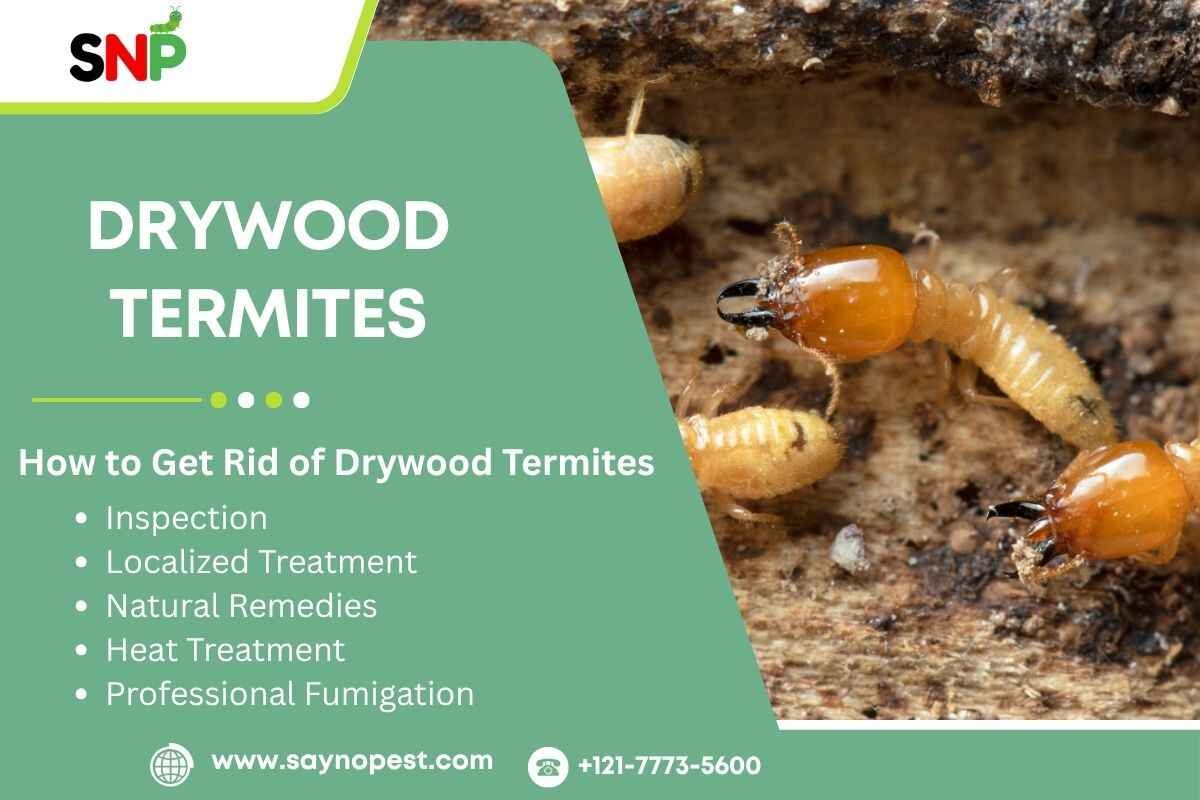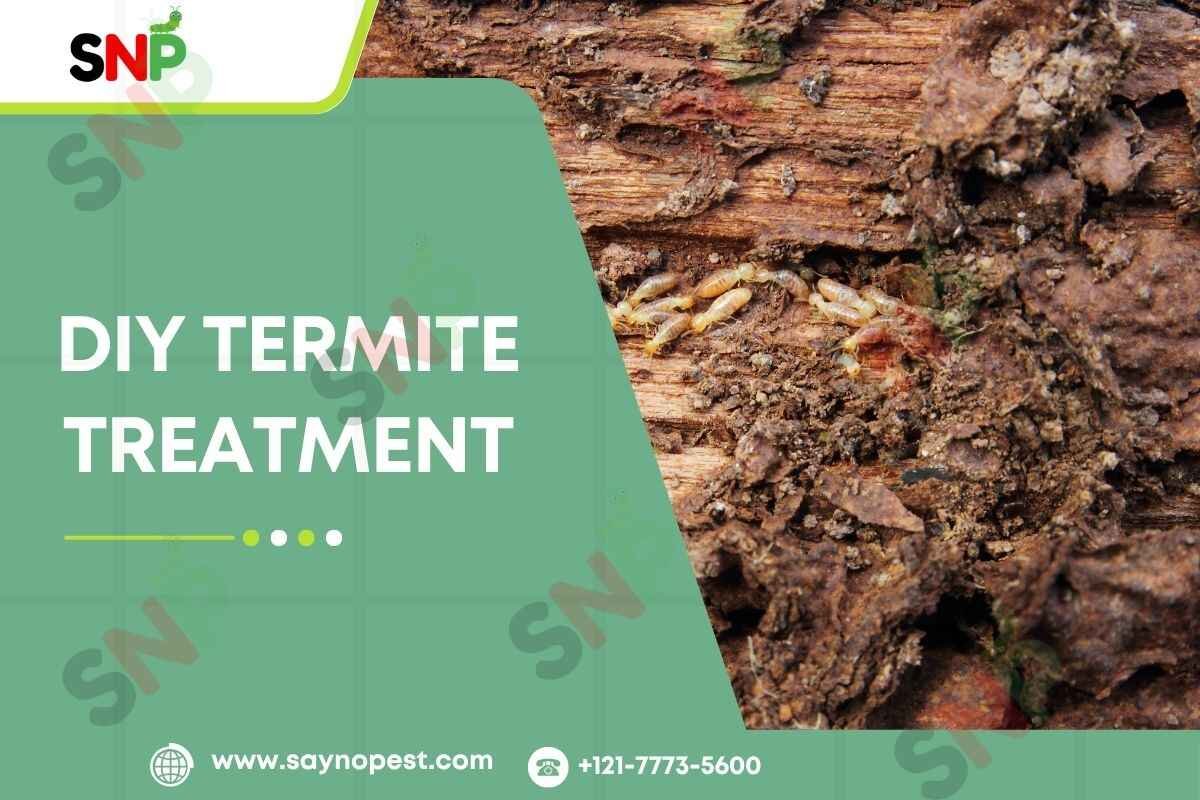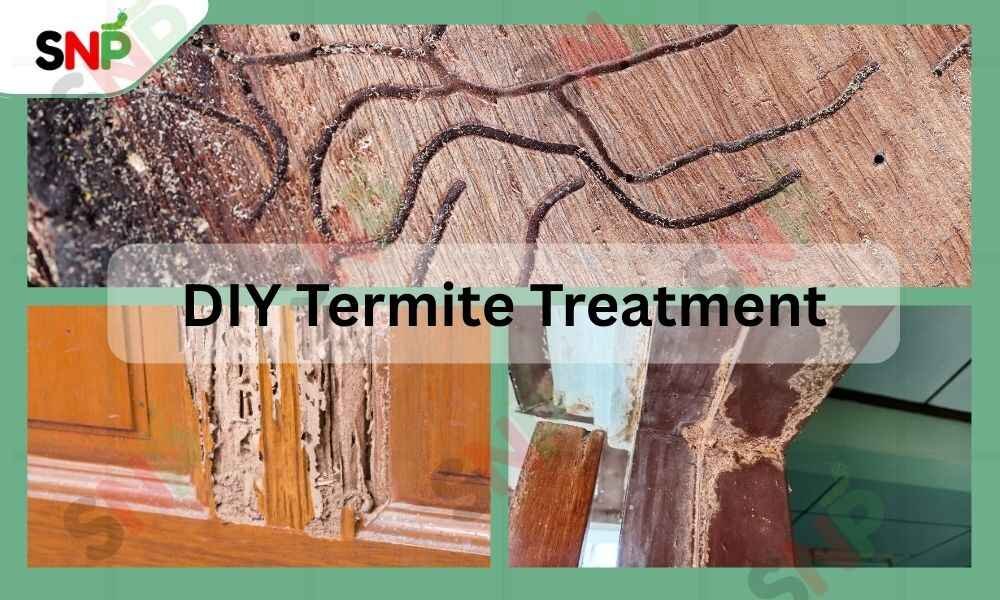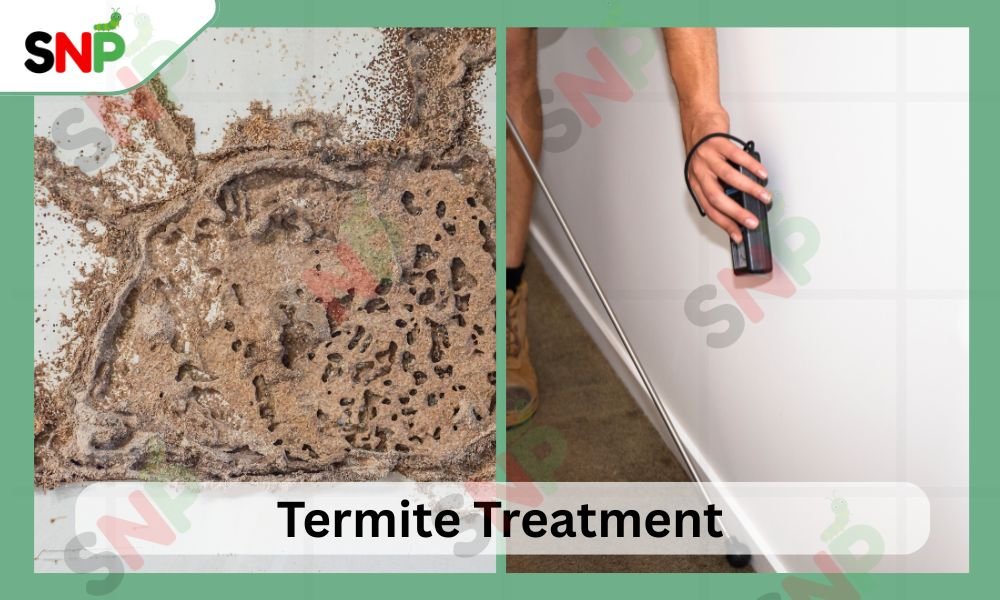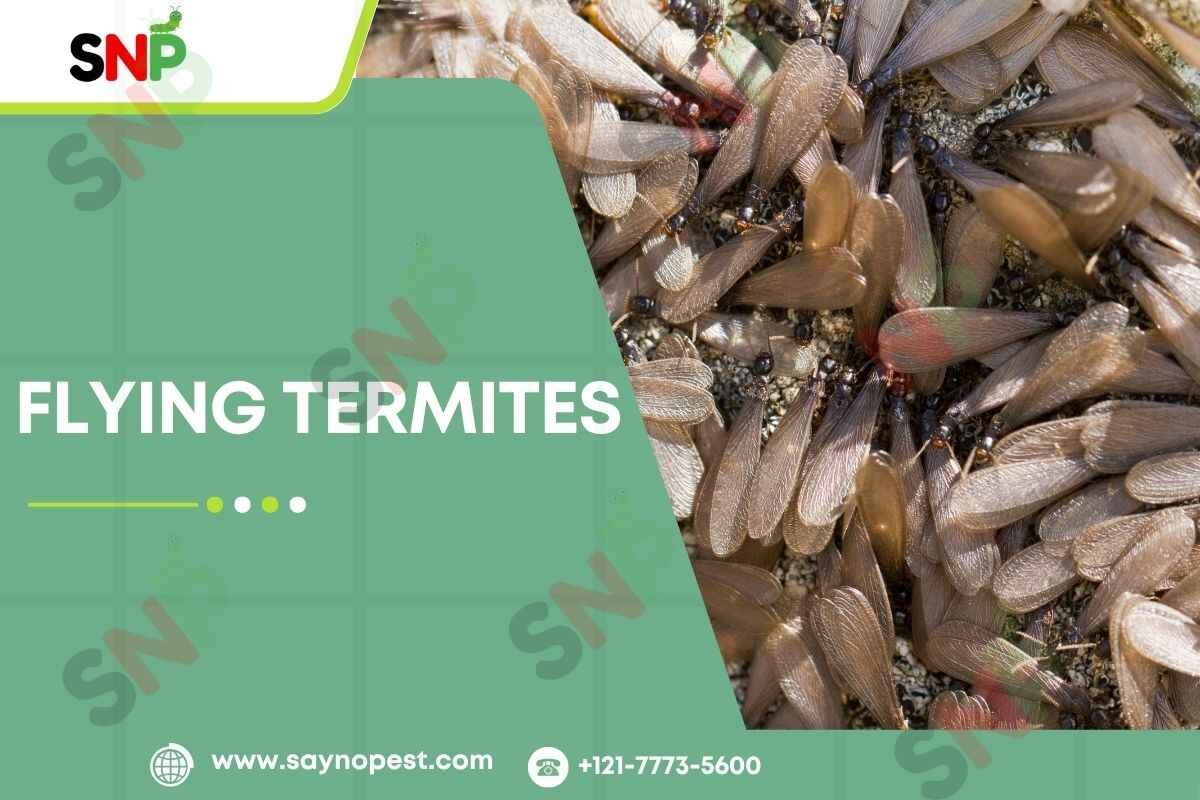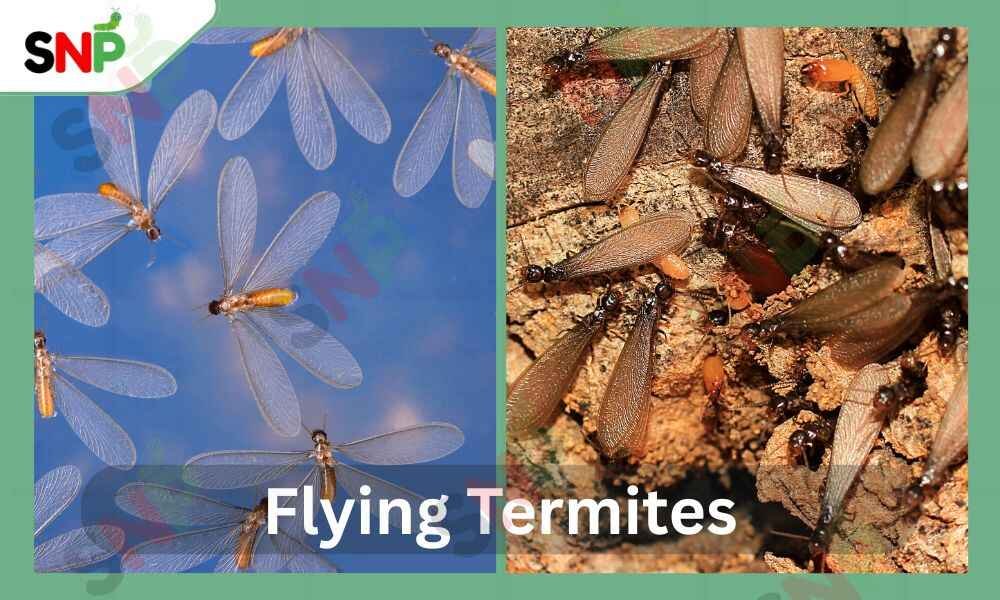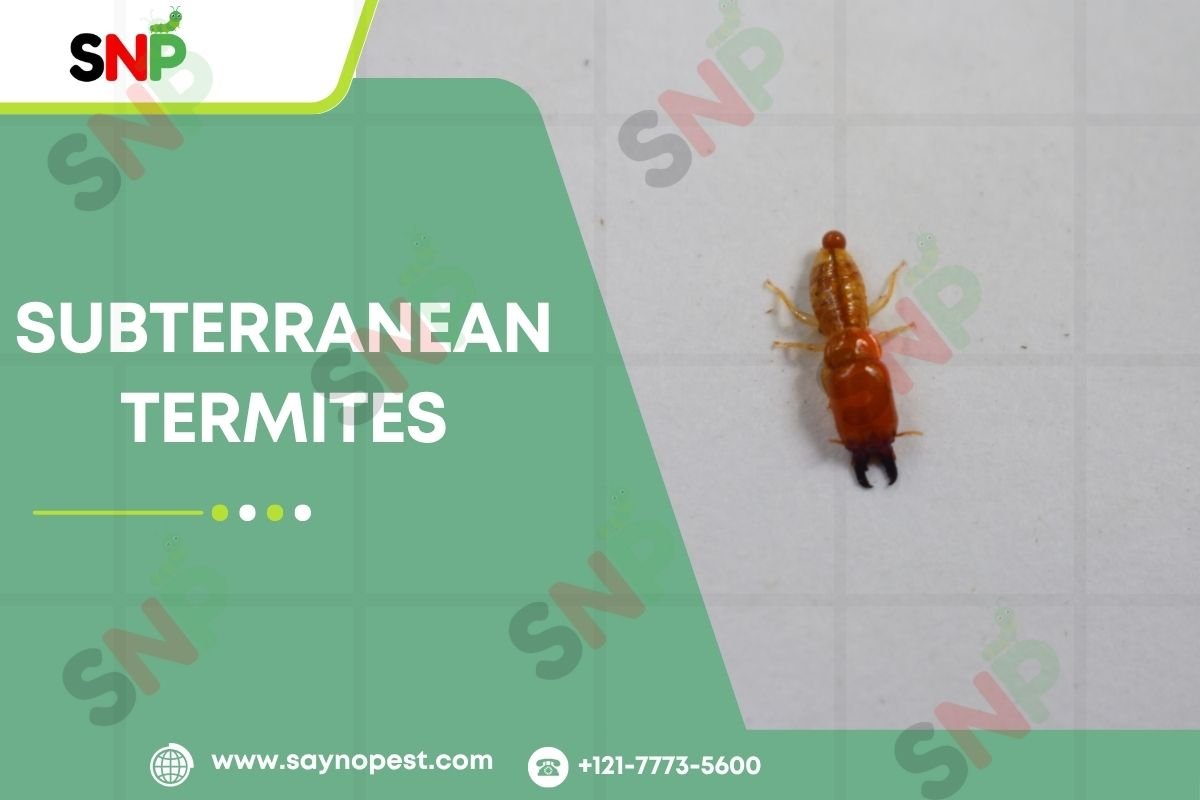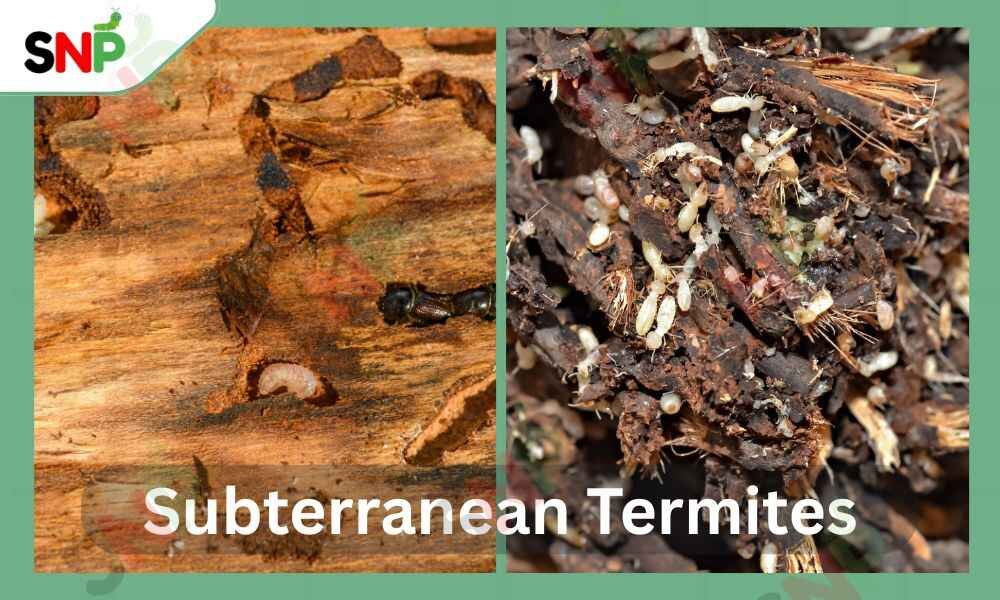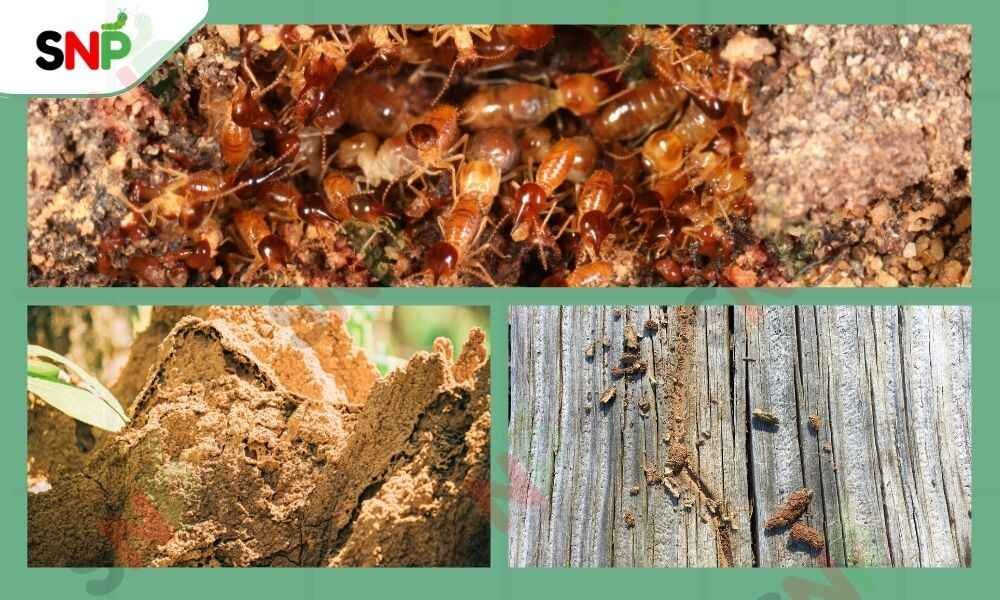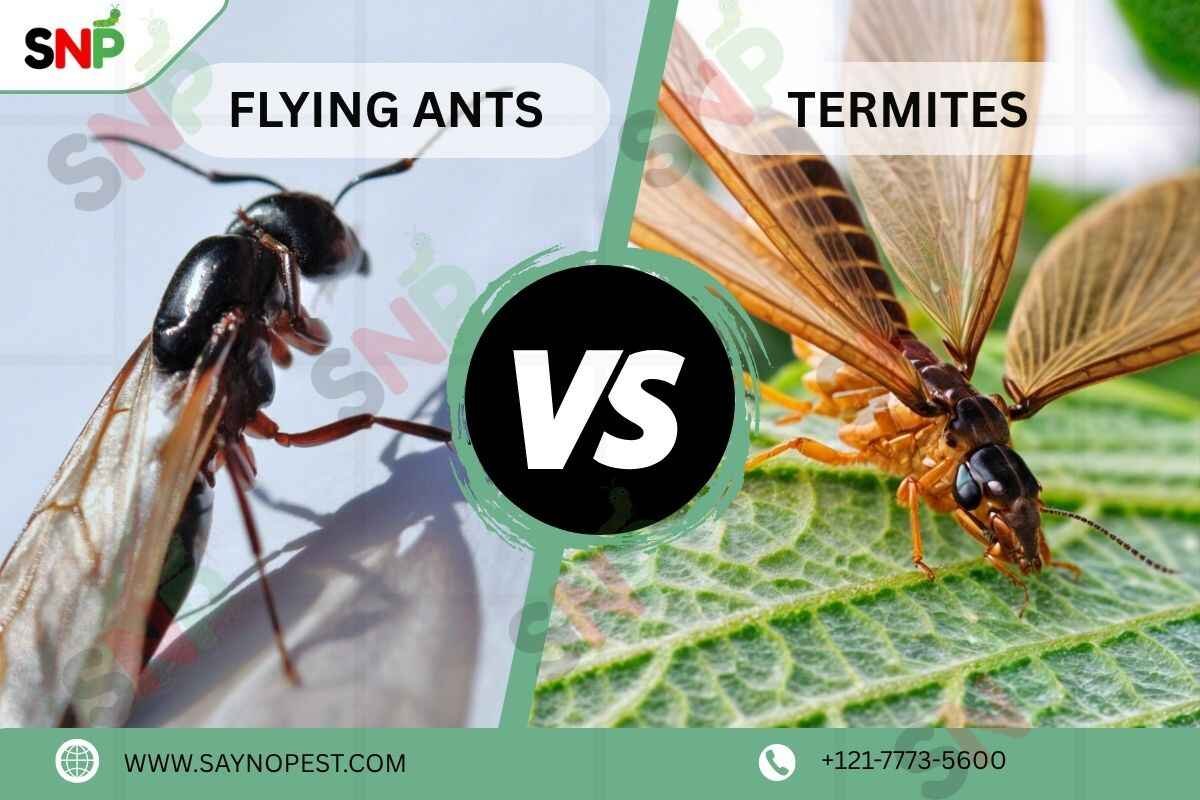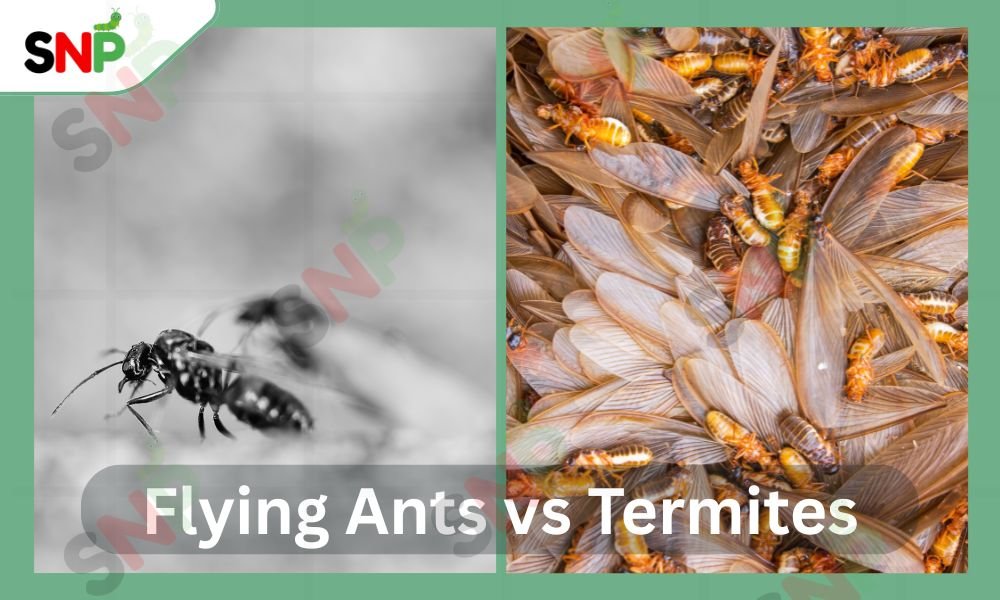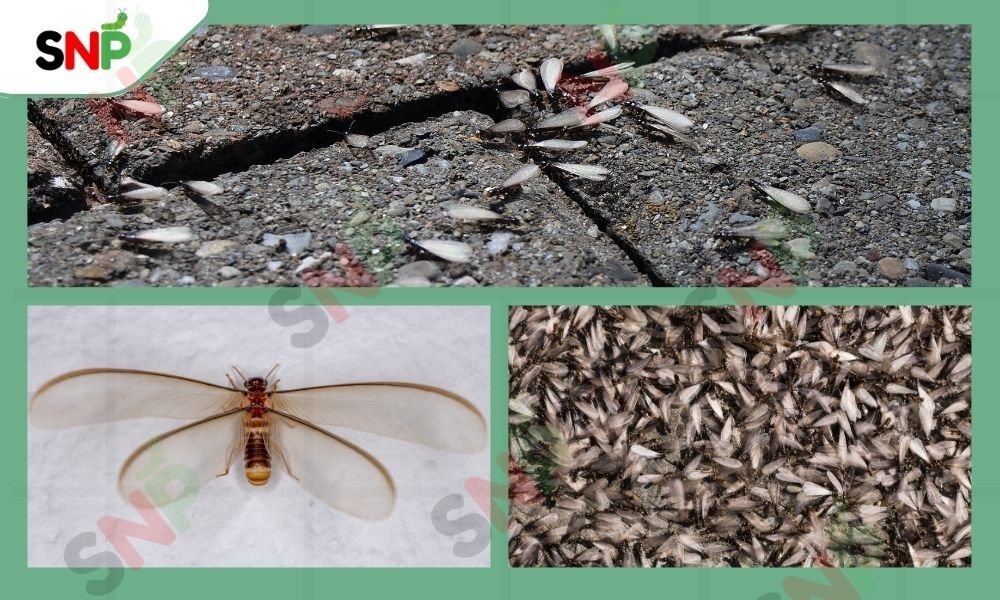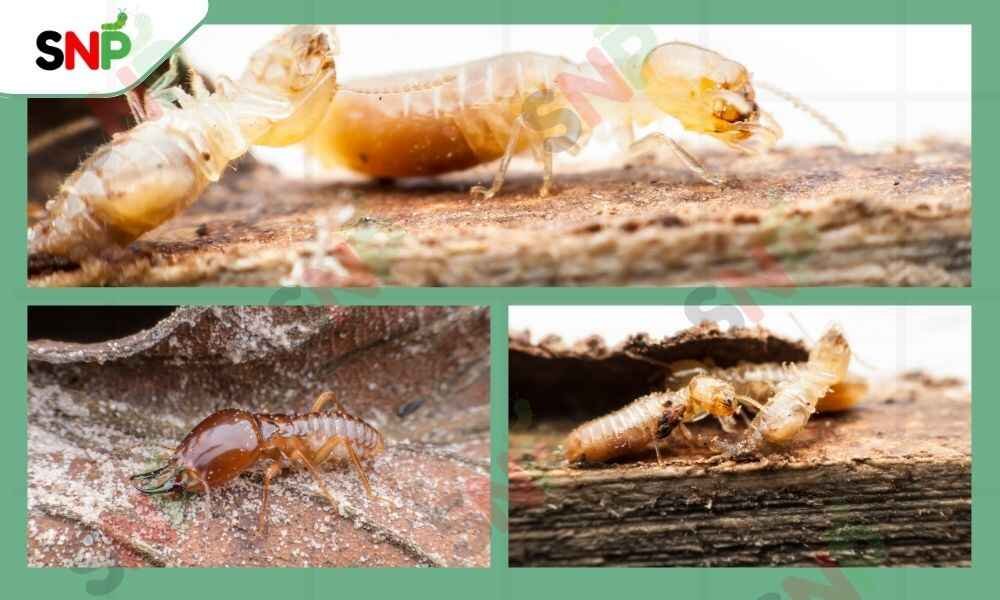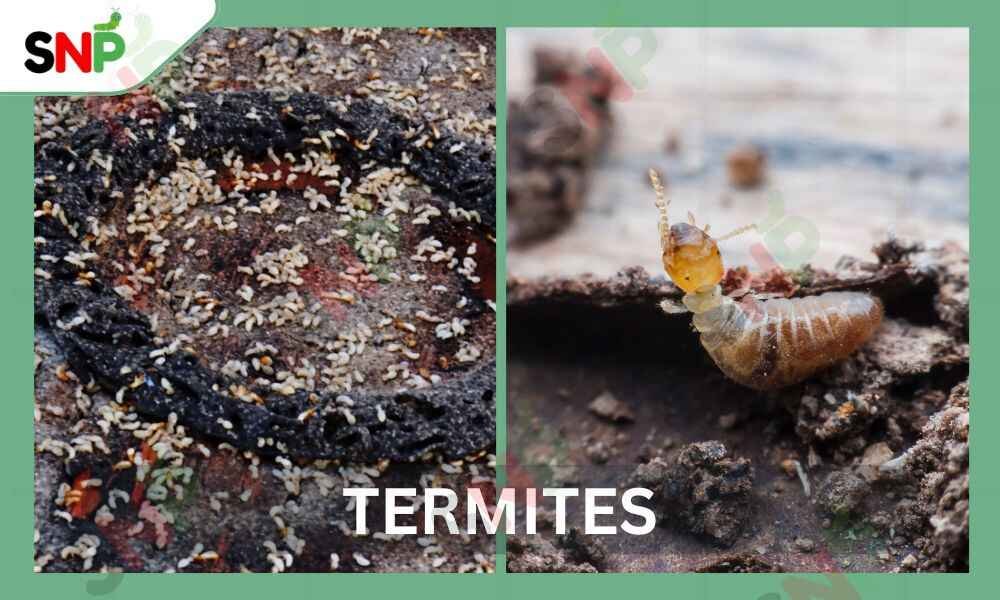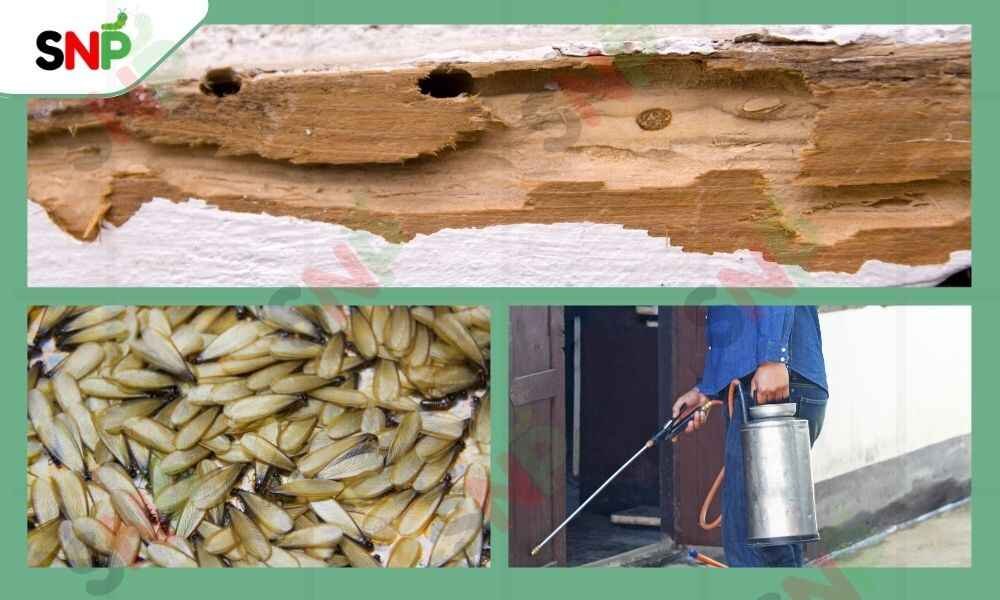If you are a house owner or have some real estate in the USA, especially in warm regions, drywood termites are not an unfamiliar problem for you. These creatures are so skillful at ruining wood without noise and therefore making you suffer unexpected huge expenses to recover your house. In the forthcoming article, we shall unveil the myth of drywood termites, analyze the tactics of drywood termite eggs identification, and most importantly, suggest a way to permanently solve the drywood termite problem.
What Are Drywood Termites?
Drywood termites are a rare species of termites that survive well in wood and dead tree branches, completely dry conditions prevail in these places unlike their subterranean counterparts, which don’t require contact with the soil or outside water to survive. This is why they are often found in coastal areas from South Carolina to Texas, and along the West Coast, as well as in Florida and Hawaii; these insects mainly infest structural wood, furniture, picture frames, and wood handrails.

The drywood termite (Cryptotermes brevis) colony typically has a handful to only around 2,700 members. The most common drywood termites in the U.S. are the light brown and creamy white ones with their narrow, oval-shaped bodies and six legs. They are capable of eating wood without moving to other areas, unlike the other termites, drywood termites. They feed on the wood for most of their life cycle and live in the same environment, but they reproduce elsewhere.
Unlike subterranean and dampwood termite nests, drywood termites do not have their nests on the ground, thus, they are very difficult to detect and thus more destructive. Drywood termites are light brown to creamy white with slim, elongated, white, oval bodies with six legs. Typical drywood termites are not as regular in the way they move and travel as other termites because they move through their galleries in the wood, hence, not much can be detected until the damage has already spread. As such, these termites leave behind only slightly carved wooden galleries and heaps of powdery, dust-like sand particles that are their faeces—known as “frass”.
Drywood Termite Eggs: The Start of an Infestation
The drywood termite lifecycle starts with the egg stage.
Drywood termite eggs are Apart from this, Sinhalalatter.Drywood termites that lay eggs in the hidden tunnels are not easily identified without the splitting of the galleries.
These drywood termite eggs will be look after by the immature termites first of all by a species that doesn’t have separate workers. The nymphs that are hatch from the eggs after some time will change into adults after a few molts. The tasks of those nymphs that lead to the workers are finding food and space within the woodwork of the home for the expansion of the infestation. Their presence mainly signifies that sinfala, a two-winged, able insect pest that has also increased in size, is in the house already, which is why early detection and intervention are very important.

How to Get Rid of Drywood Termites
If you smell a rat and you suspect termites in your home, the situation requires immediate intervention. Here’s a working guide on how to get rid of drywood termites successfully:
Inspection
The first step is examining and evaluating the whole of your property. Don’t miss any wooden part, focus on the accommodation, including the furniture such as the attic beams and window frames, as well as any other above-ground wooden material. If you observe frass heaps, wings that were shed, or the wood sounds hollow, then you have found a potential cause of the termite problem.
Localized Treatment
As for small, local infections the acoustic method is the fastest, going for the drilling of holes and the pouring in of chemicals, into them, has turned out to be the most convenient method. Plus, the gallon of termiticide fluid injected into the holes of the wood aiming at the main entrance of the termites will reach the galleries that are a result of the termite and drywood termite eggs symbiosis.
Natural Remedies
Homeowners resort to natural solutions like aromatic orange oil, the herbal product neem, or the dishwasher vinegar and lemon extract composition for killing the species naturally. Those could also rubbed into the cracks as they are less toxic, though they still work better in slight cases of incursions.
Heat Treatment
The natural extermination of drywood termites is achievable by directed high temperatures, which should be a minimum of 120°F and needs to last half an hour at least. By these means, we will not only remove adult termites but also terminate drywood termite eggs entirely.
Professional Fumigation
Professional fumigation is the most effective method that can eradicate drywood termites off your entire house, especially for extensive and severe termite attacks. This method is about captivating the fume inside the building and letting the gas seep into the wood, thus killing the termites at all stages.
It’s worth noting that how to get rid of drywood termites usually comes down to the size and the location of the swarm if left to their own devices. Otherwise, seeking advice from a licensed pest control professional is the most suitable option they will inspect your problem and suggest what treatment plan will work most efficiently
Conclusion
Homes and structures in warmer, coastal regions of the United States are threaten by drywood termites. Because they can hide for years inside dry wood, it is usually hard to detect them early on. By recognizing drywood termite infestations, noticing their eggs and removing them, you save yourself costly home repairs.
If you have drywood termites in your home, don’t wait—check for them, use treatments, and telephone a professional when required. You can protect your property and relax knowing more about drywood termites.
